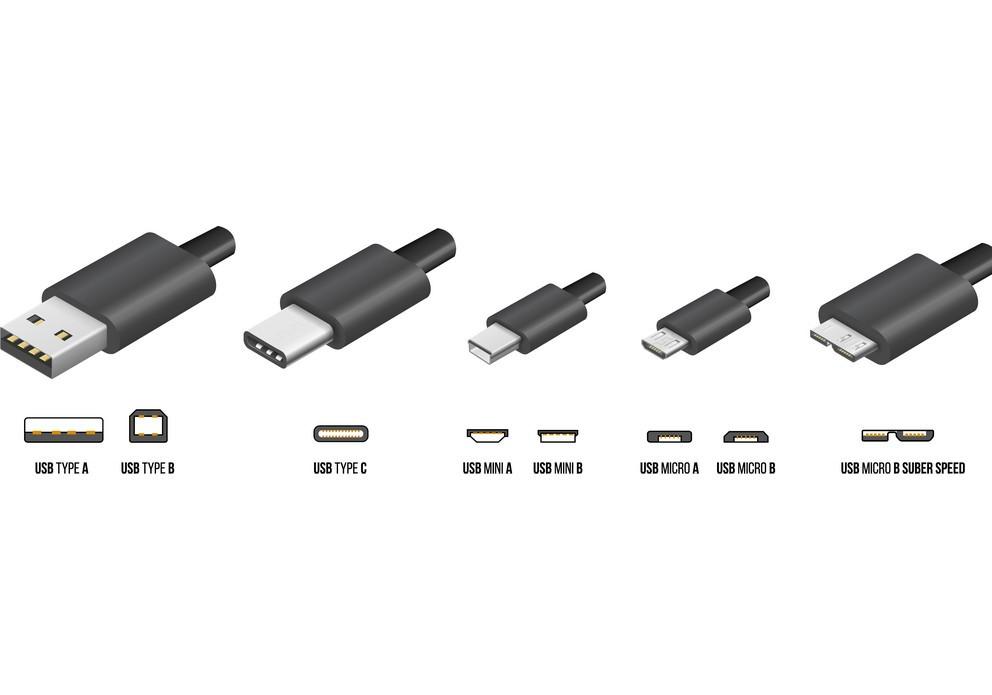What is USB Type-B or B type usb header ?
USB Type-B USB header, also known as Standard-B connectors, have a square shape with a small rounding or a huge square protrusion on top, depending on the USB version.

Every USB version, including USB 3.0, USB 2.0, and USB 1.1, supports B type . The Powered-B connector is a second type of “B” connector that is only available in USB 3.0.
Blue USB 3.0 Type B connectors or USB header are common, but black USB 2.0 Type B and USB 1.1 Type B connectors are common. This isn’t necessarily the case, as USB Type B connectors and cables can be any color the manufacturer wants.
A male Type-B USB header connector is referred to as a plug, whereas a female USB header is referred to as a receptacle or a port.
Usage of USB Type-B

Larger computer devices, such as printers and scanners, are the most popular B type receptacles. External storage devices such as optical discs, floppy drives, and hard drive enclosures may also have USB Type-B
A USB A/B usually has a B-type header plug on one end. The USB Type-B plug is inserted into the B type header receptacle on the printer or other device, whereas the USB Type-A plug is inserted into the USB Type-A receptacle on the host device, such as a computer.
Compatibility with USB Type-B
Because the B type usb header in USB 2.0 and USB 1.1 are identical, the USB Type B plug from one USB version will fit into the USB Type-B receptacle from the other USB version.
Because the USB 3.0 Type B usb header are different in design from earlier ones, the plugs will not fit into earlier receptacles. The new USB 3.0 Type B form factor, on the other hand, was created in such a way that existing USB Type-B plugs from USB 2.0 and USB 1.1 can be used in USB 3.0 Type B receptacles.
In other words, USB 1.1 and 2.0 Type B plugs work with USB 3.0 Type B receptacles physically, while USB 3.0 Type B plugs do not work with USB 1.1 or 2.0 Type B receptacles.
The reason for the change is because the USB 3.0 B type usb header features nine pins instead of the four seen in the prior B type allowing for greater data transfer rates. Because the pins needed to go somewhere, the Type B shape had to be changed slightly.
USB 3.0 Standard-B and USB 3.0 Powered-B are the two USB 3.0 Type B connections. The plugs and receptacles have the same design and adhere to the same physical compatibility standards, however, the USB 3.0 Powered-B USB header contains two additional power pins, for a total of eleven pins.
What’s the difference between a USB Type A, B, and C cable? Is micro usb to usb c adapter possible?

Key Distinction:
The physical design of the plugs and ports is commonly referred to as Type A, B, or C, but the versions govern the functionality and speed of the USB cable.
Types A, B, and C of USB
Technology moves at a breakneck pace, and by the time you master one, the world has most likely moved on to something more advanced. This applies to everything, including operating systems, phones, and even connections. If you’ve ever purchased a device, such as a phone, printer, or camera, you’ve almost certainly received a cable to charge it or connect it to a computer.
If you’ve ever borrowed a charger from a friend, you’ve probably inquired as to whether the charger is a micro USB hub, Type C, or even lightning (for those iPhone lovers). Types A, B, and C are the most common classifications for these cables and chargers. micro USB to USB c adapter possible?
But what exactly is the difference between them? micro USB to USB c adapter possible? Why have they labelled the way they are? What’s more, how do you know which one you’ll need? This is when things start to get a little complex and perplexing. The three types are frequently employed for different purposes or are improved versions of the previous. There are also many versions and speeds available among the various cable kinds. I’m sure you’re even more perplexed now but don’t worry, we’ll help you answer this small puzzle.
Also Read
Are there USB Type B to USB Type B cables?
No, USB Type B is nearly always linked with another USB header, usually USB Type A, outside of extenders.
Is USB Type B the best USB standard?
No, many different devices utilize different USB ports for form factor and quality of life reasons such as reversibility, not for performance ones.
Why is USB Type B not as popular as the other types?
Mostly, it’s about size. The Type B USB is larger than, say, the USB Type C USB header, which is more commonly found on modern devices.

